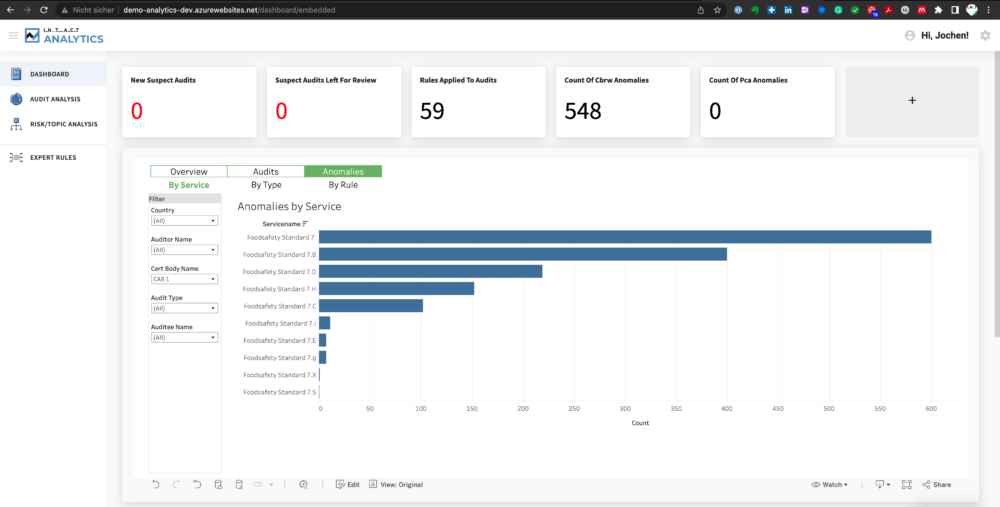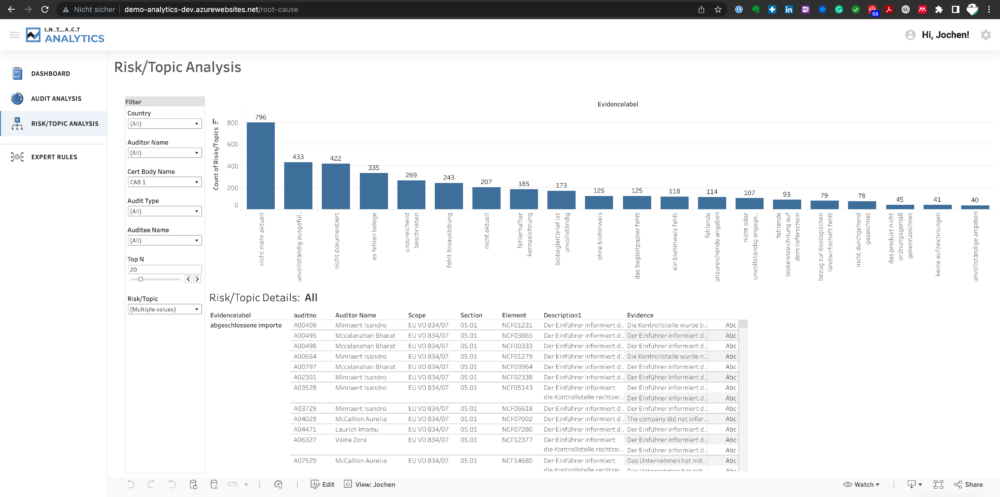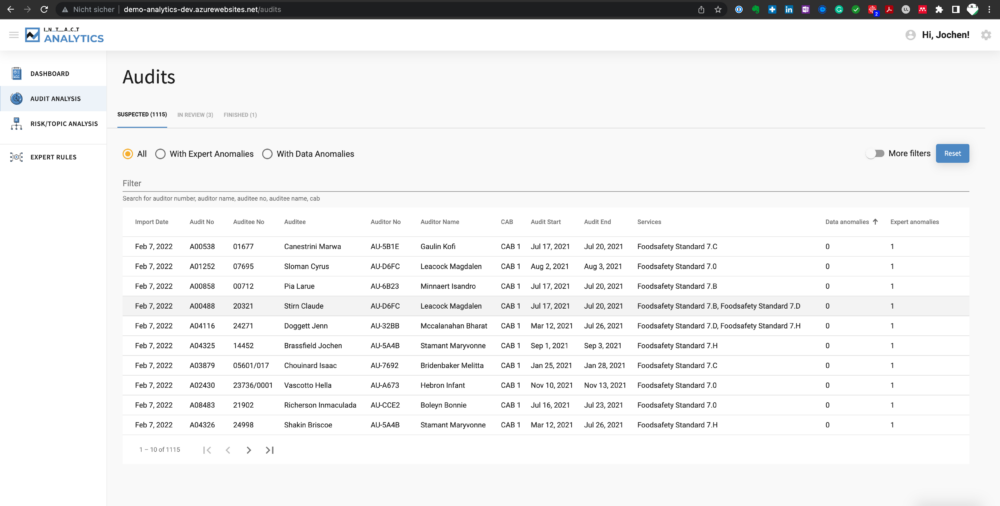
Intact Analytics Use Case: Standard Improvement
A standard setter’s work is far from over when a standard is published. They must be kept up to date and adapted to remain relevant and have the highest level of integrity.
Not only is it possible to utilize artificial intelligence for that important task, but it is also inevitable with growing standard complexity.
As standards grow and evolve to provide the highest possible level of topic-based integrity, the complexity will, at some point, be beyond what a single human can manage. Connections between clauses, high-level overview of real-life applications, and more can then no longer be monitored and improved adequately.
This is where artificial intelligence comes in as the best decision making assistance standard managers have ever had.
AI in Standard Improvement – How does it work
Maybe you are wondering how artificial intelligence will work exactly in standard improvement, or what benefit it could deliver.
Put simply, Intact Analytics uses a number of rules and learning algorithms to do two things:
- Instantly analyze large amounts of data for high-level results and abnormalities
- Discover trends, connections between topics, and risk factors
Both will enable you to manage and improve your standard more efficiently, diligently, and faster.
Read further and learn what functionalities are involved in the process and how different user roles benefit from them.
Intact Analytics Functionalities
(Business)-Rules
Business Rules enable you to feed Intact Analytics with the valuable years of your personnel’s experience. They allow you to define a set of rules based on things that your staff knows is important.
A popular example for a business rule would be two clauses that contradict each other. E.g. if 3.1 has a positive rating, 9.5 can not have one.
See how that plays out for common roles in standard management:
- Reviewer (Audit Level): Through the application of business rules, the reviewer sees contradictions immediately and can invest further and move on to specific data sets that require his attention.
- Review Manager (Aggregated Level): The review manager gets already aggregated data faster. Through the application of business rules, common checks, usually performed by the review team are automated. This makes the overall process more efficient and grants the team time for in-depth analysis wherever necessary.
AI – Anomaly Detection
Intact Analytics’ AI-powered anomaly detection uses algorithms to discover common patterns. It lets you detect anomalies based on region, seasons, certification bodies, auditors, and more.
Through this knowledge, your review and standard management team save time on tedious analyses and is enabled to move to improvements quicker.
See how that plays out for common roles in standard management:
- Reviewer (Audit Level): Anomaly detection lets the reviewer know where to look for anomalies or which areas to monitor more closely. This will enable them to focus their attention where it matters.
- Review Manager (Aggregated Level): Discover and act on common patterns faster. Intact Analytics shows you where to focus your attention.
AI – Natural Language Processing
Natural language processing helps you discover in-depth insights: E.g. how many topics/risks were flagged and in which sector/region as well as trends, patterns, and correlation.
Through this knowledge, your team can access insights into written information directly, previously only accessible by in-depth analyses by your trained review team.
Act on complex written data now.
See how that plays out for common roles in standard management:
- Reviewer (Audit Level):
- Review Manager (Aggregated Level):
Difference to Business Intelligence
To people unfamiliar with the topic, the difference between Artificial Intelligence (AI) and Business Intelligence (BI) is unclear at first glance. However, the difference is significant. Both tools have their legitimacy and specific use cases, but BI tools cannot cover what AI tools can.
Simply put, AI tools in general and Intact Analytics specifically a true “workhorse,” A full-scale software tool, and not just visualizations. It provides no-code SQLs, flagging and inspection of individual audits, and ready-to-use tools for reviewers.
Meaning that Intact Analytics performs tasks and analyses for you previously done by humans, whereas BI solutions “only” show you what’s there in a structured way.
Learn More
Interested in more? Book a free product demo today and get full insight into the product!
Book a Demo
Book a Free Demo TodayWe promise to amaze you.
We promise to amaze you.


